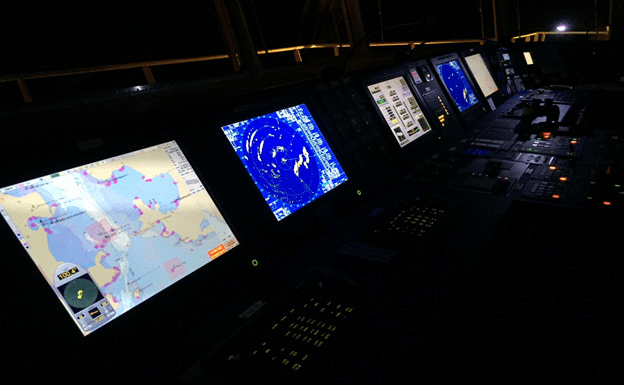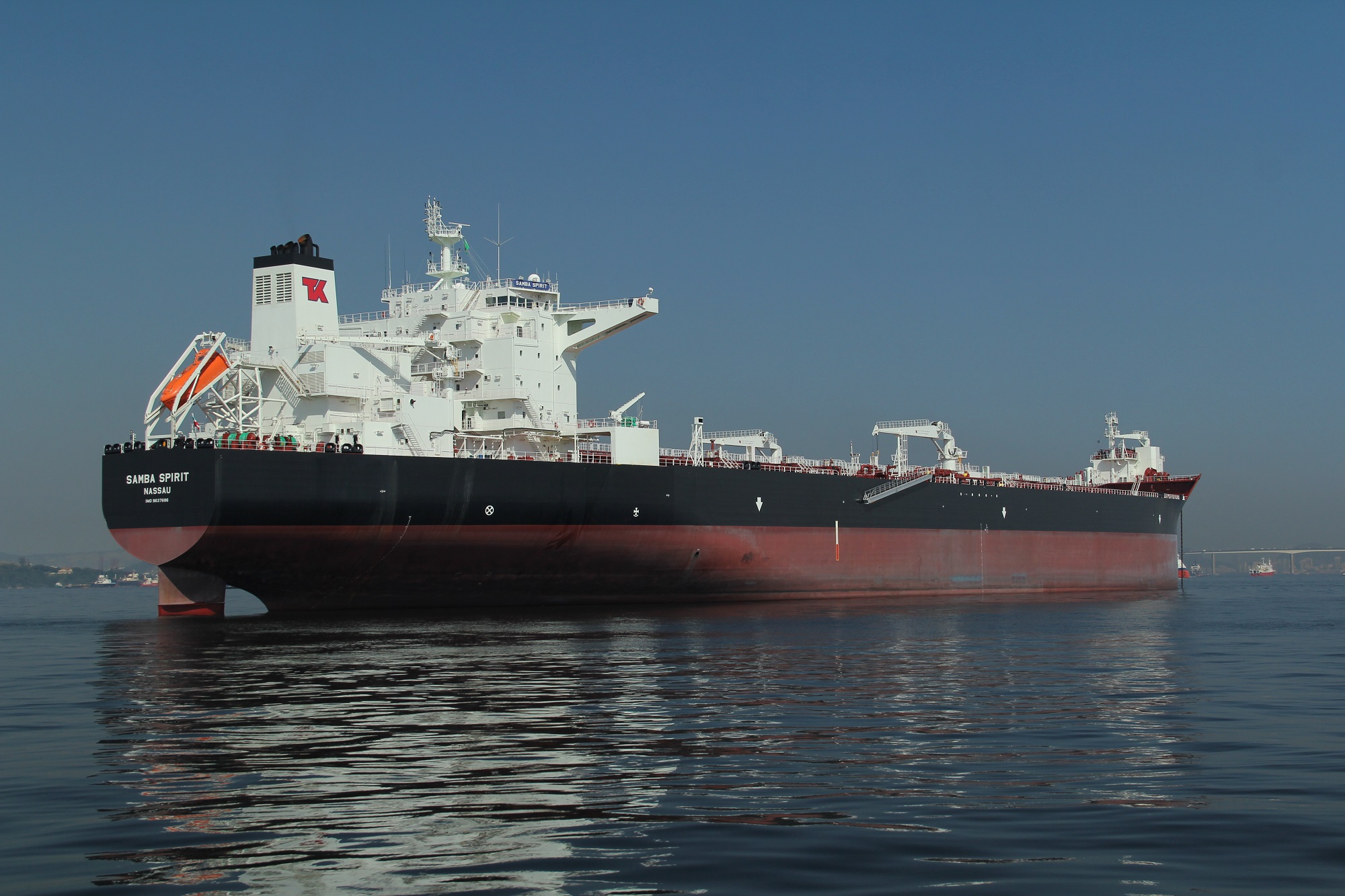March 14, 2016
“Having Less is Having More”
I n every part of the world and in every type of ships, charts and nautical publications are the heart and soul of ship navigation. A mere 15 years back, seafarers would have laughed on the idea of paperless navigation and could not have imagined the advantages it could bring. After all, chart and publications becomes the pivot point in ship’s navigation. Imagining that a day would come where we’d no longer have them on board was nothing short of dream.
But the impossible did happen. The changes started slowly with pleasure crafts, tugs, cruise ships and yachts. And now, with the IMO mandate for compulsory ECDIS installations, commercial ships such as tankers and container vessels are also running without paper charts.
During the first quarter of 2015, paperless navigation was introduced to Samba class vessels and the convenience it brought was really evident. Enhanced safety features, corrections and cost are the great advantages this new system had contributed. Gone are the days when second mate use to rush to the old Chart Catalogue whenever a new voyage has come up and new charts were needed. Acquiring charts will only take few hours by plotting rough course of the intended voyage, sending it to the supplier who will then later send back the permits, so that charts are activated. Corrections and updates are just a click away and only take few minutes to complete. Unlike when using paper charts, where it took hours to finish several charts and publications. Speed and accuracy is one of best feature of this system. Making a passage plan on the ECDIS can be done in an hour and with a proper set up of the parameters, the drawn plan is then automatically checked for dangers or hazards to navigation and when the route is in use, the system continuously monitors the vessels position and records its movement on the systems memory. Back up ECDIS unit is also available whenever a break down on two main units occurs.
It is usually said that “having less is having more” and with this system, the time spent on chart space dramatically reduces and the officers on watch can focus more on the safety of navigation.
In today’s world, where everything is becoming more convenient and accessible due to advances in technology across almost all sectors, it may seem as though it’s a misnomer to even mention any disadvantages of technological advances. But despite how far technology has taken, no matter how convenient it may be, there are still some disadvantages accompanying this level of access and this is what everybody should be aware of. Every advance in technology will only aids us in doing task but does not relieve anybody from their duties and commitment to enforce safety.
After all, technology can only help the qualified and well trained personals but cannot replace them.
By Second Officer Marvin Binag, Samba Spirit.
n every part of the world and in every type of ships, charts and nautical publications are the heart and soul of ship navigation. A mere 15 years back, seafarers would have laughed on the idea of paperless navigation and could not have imagined the advantages it could bring. After all, chart and publications becomes the pivot point in ship’s navigation. Imagining that a day would come where we’d no longer have them on board was nothing short of dream.
But the impossible did happen. The changes started slowly with pleasure crafts, tugs, cruise ships and yachts. And now, with the IMO mandate for compulsory ECDIS installations, commercial ships such as tankers and container vessels are also running without paper charts.
During the first quarter of 2015, paperless navigation was introduced to Samba class vessels and the convenience it brought was really evident. Enhanced safety features, corrections and cost are the great advantages this new system had contributed. Gone are the days when second mate use to rush to the old Chart Catalogue whenever a new voyage has come up and new charts were needed. Acquiring charts will only take few hours by plotting rough course of the intended voyage, sending it to the supplier who will then later send back the permits, so that charts are activated. Corrections and updates are just a click away and only take few minutes to complete. Unlike when using paper charts, where it took hours to finish several charts and publications. Speed and accuracy is one of best feature of this system. Making a passage plan on the ECDIS can be done in an hour and with a proper set up of the parameters, the drawn plan is then automatically checked for dangers or hazards to navigation and when the route is in use, the system continuously monitors the vessels position and records its movement on the systems memory. Back up ECDIS unit is also available whenever a break down on two main units occurs.
It is usually said that “having less is having more” and with this system, the time spent on chart space dramatically reduces and the officers on watch can focus more on the safety of navigation.
In today’s world, where everything is becoming more convenient and accessible due to advances in technology across almost all sectors, it may seem as though it’s a misnomer to even mention any disadvantages of technological advances. But despite how far technology has taken, no matter how convenient it may be, there are still some disadvantages accompanying this level of access and this is what everybody should be aware of. Every advance in technology will only aids us in doing task but does not relieve anybody from their duties and commitment to enforce safety.
After all, technology can only help the qualified and well trained personals but cannot replace them.
By Second Officer Marvin Binag, Samba Spirit.

Shuttle tanker – Samba Spirit